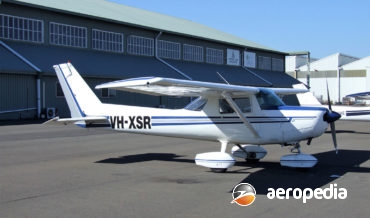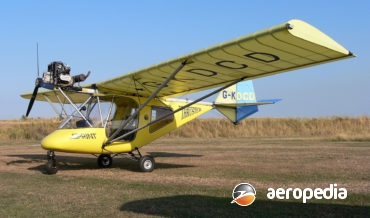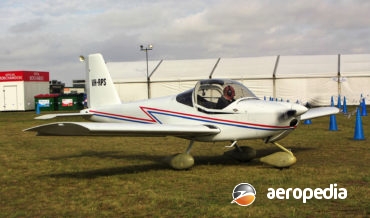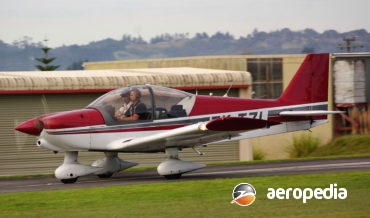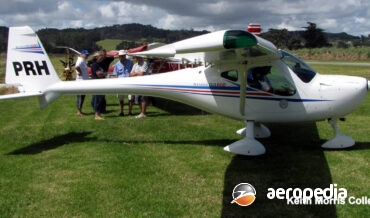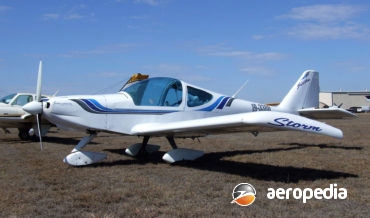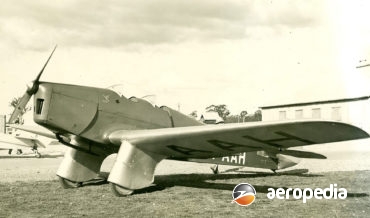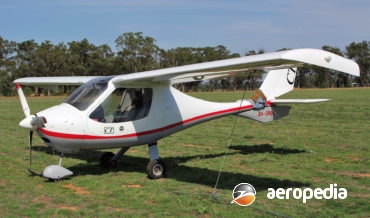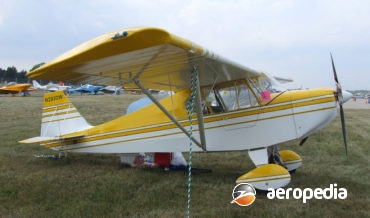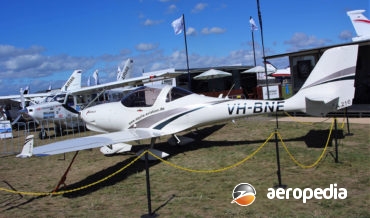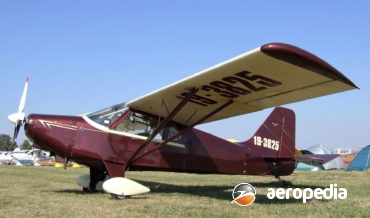Contents
Two-Seat Light Touring And Training Aircraft
The 152 was introduced to the Cessna range in 1978 as a redesign of the 150 and was, like its competitors the Beech Skipper and Piper Tomahawk, aimed at the training market as a new design.
David C. Eyre
- May 17, 2019
The Vision is a two-seat dual-control high-wing strut-braced monoplane suitable for training, recreation, and property work produced by Vision Aircraft at its manufacturing facility at Orange, NSW. A couple of variants are available, including the Vision 600 and the Vision 600 Mk 2.
David C. Eyre
- May 8, 2019
The Vans series of light aircraft kit planes has been the most popular for homebuilders for some years and a variety of models is available.
David C. Eyre
- May 8, 2019
This series of light aircraft was developed from the Avions Pierre Robin R.2160, and was designed by Robin Aviation in France in 1978 but in 1985 production ceased. Production re-commenced in 1994 after some redesign, which included new electrics and hydraulic brakes, better corrosion proofing etc, and a new, for
David C. Eyre
- May 8, 2019
The Mirage is a small ultra-light aircraft designed by Lorenz Kreitmeyer and developed by Remos Aircraft of Eschelbach, Germany, being a development of the Company’s Model G-2 Gemini.
David C. Eyre
- May 8, 2019
The Storm is one of a series of light aircraft designed by Giovanni Salsedo and built by S G Aviation at Sabaudia in Italy.
David C. Eyre
- May 8, 2019
Following the success of the Miles Hawk series, and due to the limited availability of the Cirrus III engine, Miles decided to redesign the Hawk as the Hawk Major with a Gipsy Major engine, this unit being readily available.
David C. Eyre
- May 8, 2019
The CT2K, initially known as the Pegasus CT2K, is one of a new breed of light aircraft being developed around the world to meet new regulations for light aircraft which may be operated under ultra-light/microlight rules or can comply with normal registration requirements
David C. Eyre
- May 8, 2019
The Dakota Hawk is a two seat-side-by-side light aircraft produced by Fisher Flying Products of Edgeley, North Dakota in kit form
David C. Eyre
- May 8, 2019
The Aquila A-210 is a two-seat light sporting and training aircraft produced by Excellence AG at Schonhagen and is fitted with a 75-kw (100-hp) Rotax 912S3 engine driving a MT two-blade hydraulic constant speed propeller, and is described as a roomy and comfortable aircraft with good ergonomics.
David C. Eyre
- May 8, 2019
An Australian entry into the manufacture of light aircraft, the prototype Bushmaster (VH-BOI - c/n 89-001) flew for the first time in Queensland on 28 October 1989.
David C. Eyre
- May 8, 2019
Recent Comments
Archives
Categories
- No categories
Categories
- No categories
Latest Posts
Newsletter

